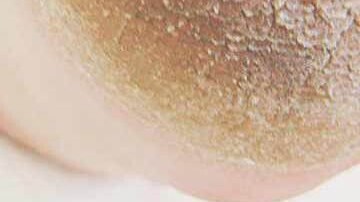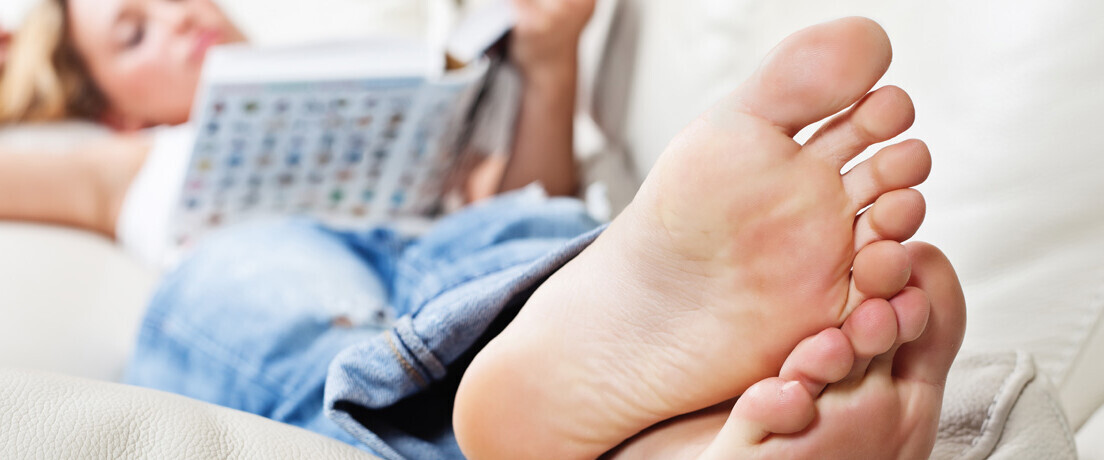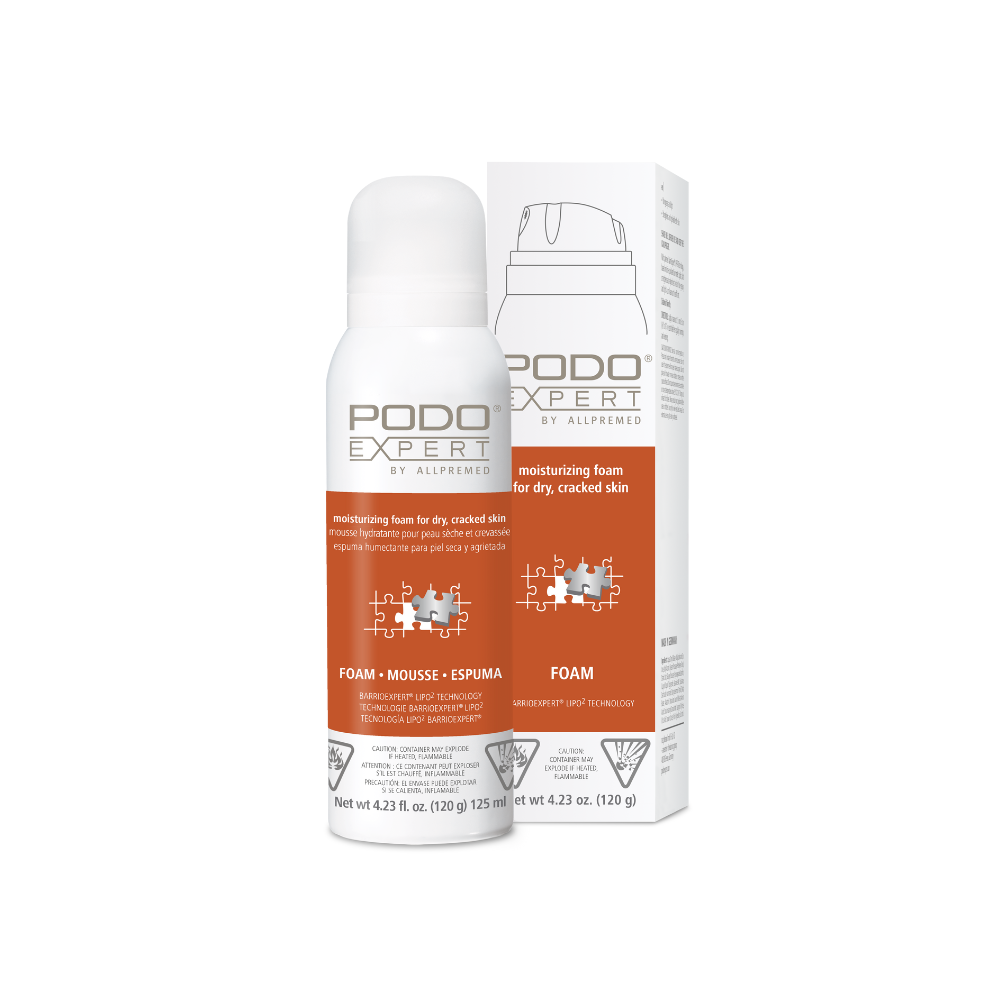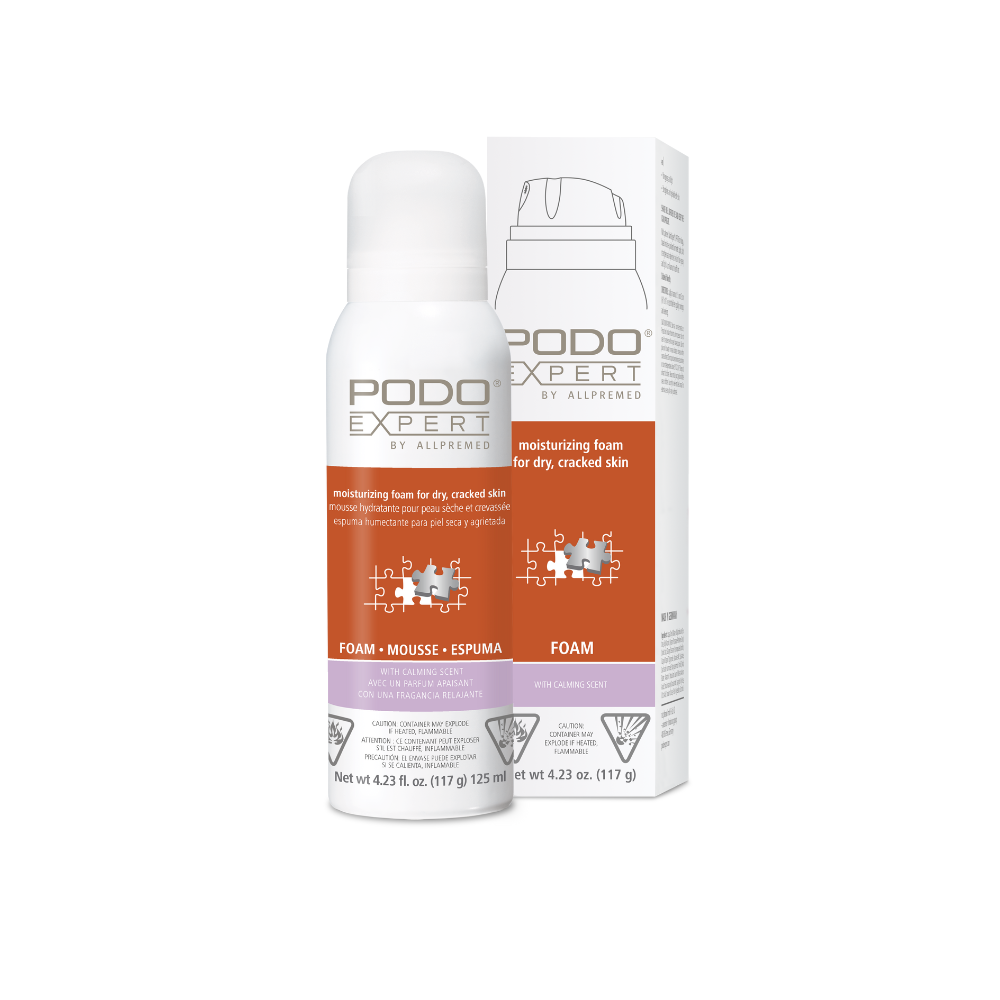CALLOUSED AND CRACKED SKIN
WHAT IS CALLOUSED SKIN, AND HOW DOES IT FORM?
Calloused skin is yellowish skin that is thick and brittle. It forms to protect the skin and body against severe strain (pressure or abrasion). The top layer of skin changes when it is subjected to pressure: The healthy skin cells die off and lose their elasticity. This thickens the skin, which becomes increasingly calloused under sustained pressure. The extent and thickness of the calloused skin differs depending on the pressure. Apart from the fact that this layer of skin is perceived as unaesthetic by both sufferers and observers, it can also be painful and involve health risks.
In principle, calluses can form wherever the skin is under particular stress and is frequently stretched or subjected to frequent pressure: Craftsmen and weightlifters often suffer from calloused skin on the palms of their hands, for example. The feet, heels and toes are affected by far the most frequently, however. Calloused skin is more likely to form when people wear tight shoes or stand for long periods of time. Patients who suffer from foot malpositions, such as fallen arches or splay foot, are particularly susceptible to calloused skin because the position of the weight exerted on
Prinzipiell kann Hornhaut überall dort entstehen, wo die Haut besonders beansprucht ist und häufig gedehnt oder häufigem Druck ausgesetzt ist: Handwerker oder Gewichtheber beispielsweise kennen Hornhaut an den Handinnenflächen. Weitaus am häufigsten jedoch sind die Füße, Fersen und Zehen betroffen. Begünstigt wird die Entstehung von Hornhaut durch das Tragen enger Schuhe und langes Stehen. Patienten, die unter einer Fußfehlstellung leiden, wie zum Beispiel einem Senk- oder Spreizfuß, sind besonders anfällig für die Bildung von Hornhaut, denn sie belasten ihren Fuß nicht in einer normalen Position.

WHAT DOES CALLOUSED SKIN ON THE FEET LOOK LIKE?
- Yellowish, thickened and stiff layer of skin
- Appears in places that are subjected to particular pressure, such as heels and toes
- Rough and brittle to the touch
CRACKED SKIN: UNSIGHTLY, PAINFUL AND DANGEROUS
If calloused skin is not treated systematically, unpleasant side effects can occur: A corn is one example of how an area of horny skin can exert pressure on the more sensitive tissue underneath, causing severe pain. However, there is also the risk that cracks will appear (also called “rhagades”). The dry, stiff and calloused skin loses its flexibility – it is no longer able to move with the rest of the body and therefore cracks. These cracks can be up to one centimetre deep on the heels. It is easy to imagine that such deep cracks can be painful, burn and even bleed. However, the biggest danger is posed by the risk of infection: Rhagades create a gap in the body’s defence system; bacteria and fungal spores can penetrate the healthy tissue underneath and cause inflammation. Deep cracks are a considerable risk for people with diabetes.
REDUCING CALLOUSED AND CRACKED SKIN
Areas of skin that are prone to calluses and cracks need regular care and a sufficient amount of time. Allpresan products that reduce calloused and cracked skin make your feet soft and supple again.



